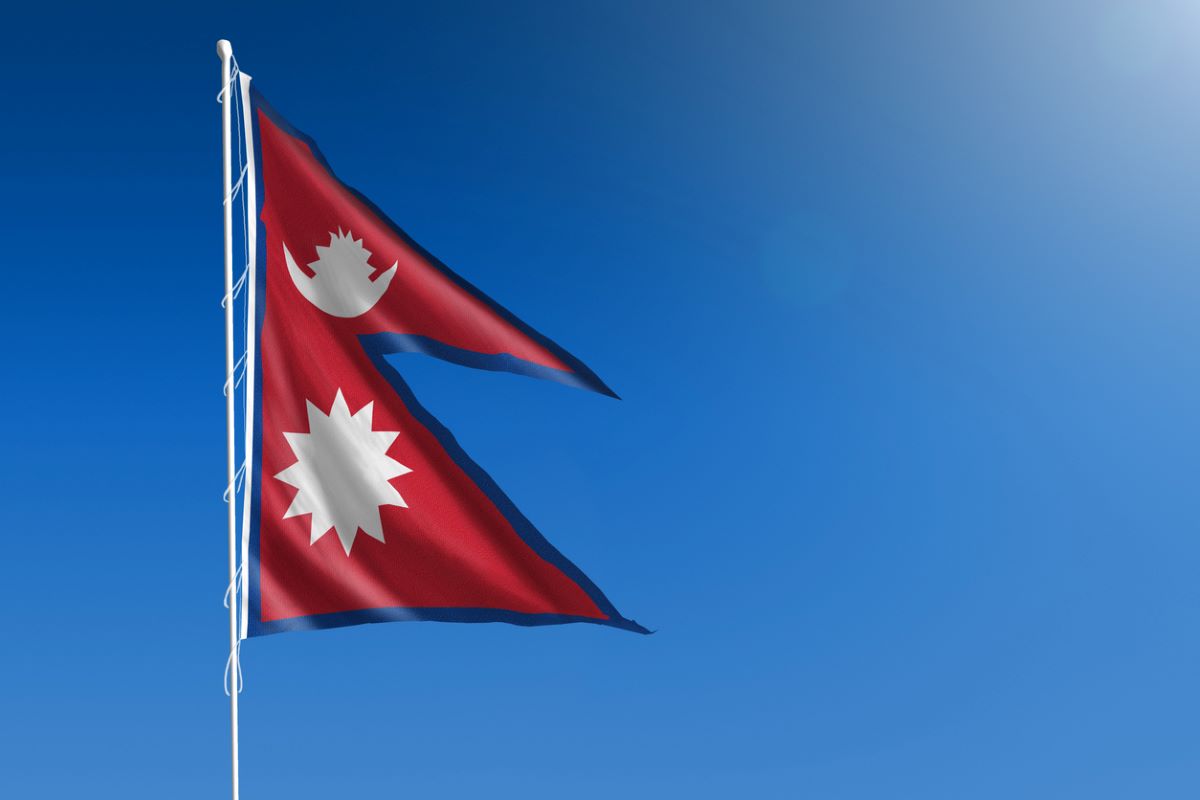Any commentator worth her name cannot but engage with the fact that Balendra Shah is now the mayor of Kathmandu. Indeed, there were other independents equally successful. Most notable among them were Gopal Hamal of Dhangadhi and Harka Sampang of Dharan. These three stand out for the simple reason that they were true independents, and not the disgruntled passed over by the top brass and who will in all likelihood return to the party fold in due course of time.
Shah’s case differs even more from Hamal’s and Sampang’s since the latter two were known personalities in their respective constituencies, not to mention that both had been mayoral candidates in the previous round as well. Shah was a total non-entity ~ unless one was attuned to, I presume, the very niche Nepali hip-hop scene. That is why ever since his candidature began to pick up steam, comparisons had been drawn with the Nani Maiya Dahal phenomenon in the 1981 election to the then national legislature, the Rashtriya Panchayat.
Arguably even more unknown than Shah, and without the power of social media to assist her, Dahal got more than double the votes of the other victor, establishment favourite Jog Mehar Shrestha, in the electoral district of Kathmandu consisting of two seats. Analysts reporting on the parallel generally tend to also draw the distinction that Dahal’s win was meant to serve as a slap in the face of the Panchayat system while Shah represents hope.
As Devendra Raj Panday, now the éminence grise of Nepali civil society, wrote at the time that Dahal’s astounding performance was “a win interpreted and celebrated as ‘votes of frustration and rejection’”. Even one of the captions in the web-based Nepal Picture Library’s “Nani Maiya Dahal Collection” states matter-of-factly and rather unflatteringly: “Dahal was elected to mock the Panchayat system since not many people took her seriously. After her win, there was a huge rally to celebrate what symbolised a fight against the system.”
I do remember her campaign as also being infused with high expectations and not only a political statement. I was still very young at the time and could have misinterpreted the mood among the adults. But writing about the 1981 elections, the late Harka Gurung had noted that Dahal had won in Kathmandu where “six former and sitting Rashtriya Panchayat members including four former ministers contested and only one was successful” before concluding that the election results demonstrated “the rejection of traditional elites in politically conscious districts”.
With Shah’s victory, rejection of the “traditional elite” was clearly on the minds of the Kathmandu electorate. We grew up hearing that the late Nepali Congress leader, Ganesh Man Singh, of having once boasted that victory is theirs even if the Congress puts forward a walking stick as its candidate in the capital.












